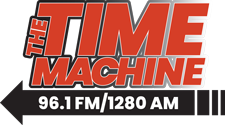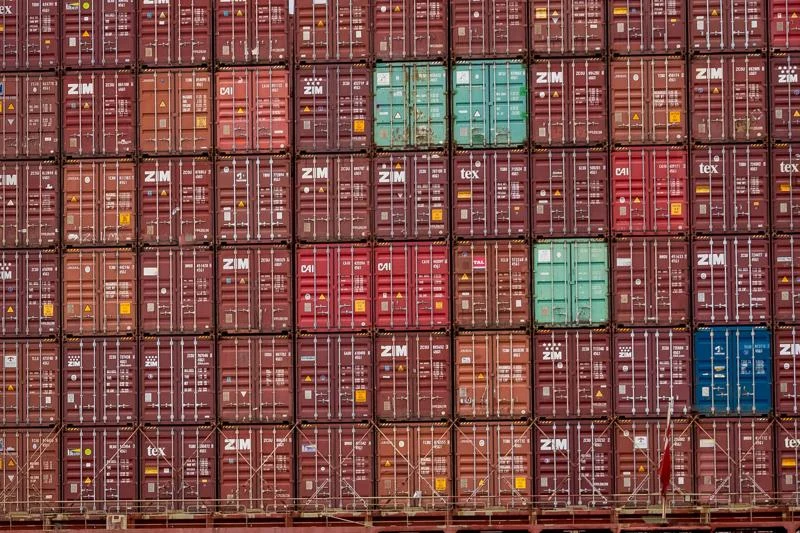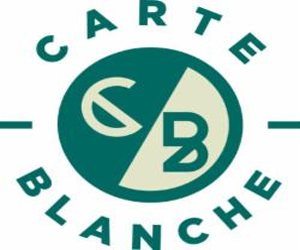Consumers could face higher prices under a fresh trade agreement with China that will continue import taxes on goods from the world’s second-largest economy.
On Thursday, President Donald Trump praised the deal his trade team reached with representatives from China in London earlier in the week, but the president has yet to release details about the pact.
Clark Packard, a Cato research fellow at the Herbert A. Stiefel Center for Trade Policy Studies, said that what is known about the agreement – 55% tariffs on imports from China – won’t help U.S. consumers.
“Ultimately, consumers will bear these costs,” he told The Center Square.
Packard gave strollers as an example. He said about 95% of strollers that U.S. consumers buy are made in China and follow American safety standards.
“That is not a product that’s at the nexus of national security,” he said. “If we were talking about semiconductors and advanced computing, there’s more of a national security nexus, but ultimately, like a lot of products that everyday Americans rely on, that in no way implicate national security, are going to be more expensive in the United States.”
Packard said Trump and other American officials have good reason to be frustrated with China’s trade practices, including concerns over economic espionage and intellectual property infringement.
Packard said that imposing tariffs isn’t likely to change China’s practices.
“I don’t think that’s going to force changes to the Chinese economy,” he said. “What it’s going to do is just impose costs on American consumers.”
Trump said the London agreement included a provision that China would supply magnets and rare earth minerals up front. Those minerals are needed to produce a wide range of high-tech products including electric vehicles, consumer electronics, industrial robots, fighter jets and missile-guidance systems. China plans to retain control of rare earth exports, according to a Wall Street Journal report.
Tariffs on China will stay at levels agreed to in the deal struck in Geneva last month. In May, the two countries agreed to a 90-day deal to reduce high tariffs. Both countries agreed to cut tariffs that had been so high that nearly all trade between the two nations stopped. The U.S. reduced its tariffs on China from 145% to 30%, while the two nations continued to talk. China cut its levies on U.S. imports from 125% to 10%.
Several retailers have already said that those tariffs – along with other tariffs Trump has imposed during his second term – could put pressure on prices, even at retailers that focus on low prices. In May, Target CEO Brian Cornell said the company’s “merchandising team has been working tirelessly to mitigate the impact of tariffs.” Walmart, the world’s largest retailer, said the tariffs were too high and too broad for it to absorb on its own. Walmart CEO Doug McMillon told shareholders in May that tariffs will increase consumer costs no matter how hard the giant retailer tries to keep them down. McMillon said that given the “magnitude of the tariffs,” the retail giant wouldn’t be able to protect consumers from higher prices.
Economic data has yet to show that tariffs pushing up prices. Packard said he expects that will change.
“We’re still in the early days of this and companies are spending down inventories,” he said. “I do think there will be real serious consequences for everyday Americans.”
Trump has said he wants to use tariffs to restore manufacturing jobs lost to lower-wage countries in decades past, shift the tax burden away from U.S. families, and pay down the national debt.
A tariff is a tax on imported goods paid by the person or company that imports the goods. The importer can absorb the cost of the tariffs or try to pass the cost on to consumers through higher prices.






